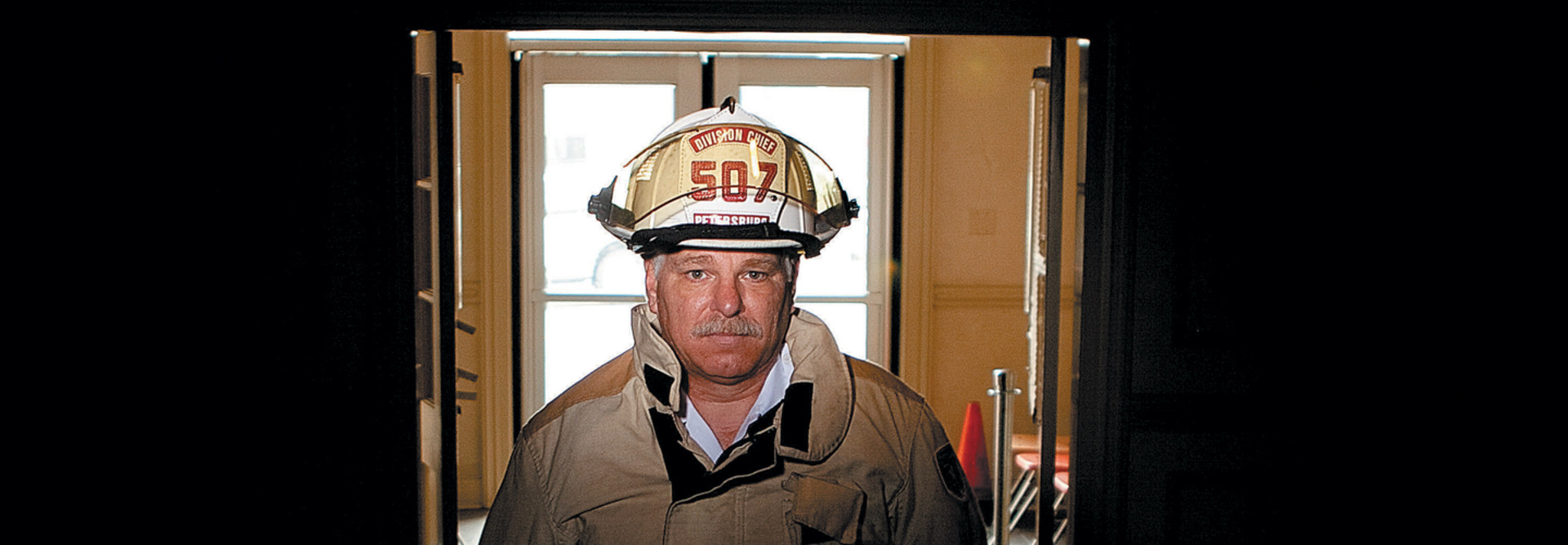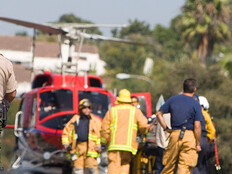How to Back Up Phone Lines When They Become Lifelines
Emergency management officials in Petersburg, Va., had a harsh wake-up call when Hurricane Irene blew through the state in August 2011. The storm's high winds knocked downed trees and caused widespread power outages.
The city's Department of Fire, Rescue and Emergency Service lost power and, worse, its backup generators failed, leaving the agency without phone service. "One of our biggest tasks is emergency management," says Mark Milazzo, division chief of the department and deputy emergency coordinator for the city. "We have to coordinate operations with the other departments during an emergency."
It wasn't the first time the department lost backup power. Emergency officials confronted a similar situation in 2003 during Hurricane Isabel. Irene merely underscored the absolute need for "always up" emergency phone communications and left exasperated emergency officials asking, "How do we resolve this issue?"
The answer for the Petersburg emergency services group was an emergency voice system from F4W. Designed for either fixed or portable use, the F4W kit provides self-powered, multilayered backup communications that can be swiftly established in emergency conditions.
Telecom Bundle in a Box
With the help of a grant from the state for emergency operations center enhancements, Petersburg officials last November deployed the F4W solution that Milazzo dubs an "EOC in a box."
"If we need to vacate our current EOC, we're able to move and set up an additional EOC in minutes," Milazzo says. "It also gives us rollover capabilities. If we lose [VoIP] communication through our Internet service provider, it rolls over to cellular technology. If we lose cellular, it rolls over to satellite technology. This guarantees that we will always have communication to the outside world."
The F4W kit also gives city emergency officials peace of mind. There are far fewer worries in a disaster if the power goes out and the generators fail. "As long as our normal communications are functioning, this will be in the standby mode," Milazzo says. "But when you need it, it's worth its price in gold."
Plan, Plan and Plan
Governments need to think out of the box when it comes to technology and continuity of operations strategy, a lesson that Petersburg emergency officials learned last year, Milazzo says. "It's saying, 'What if?' or 'What do we do then?' " he says. "Technology plays a major role now in emergency services and public safety — period."
"If you don't have that capability in emergencies, you're going to lose lives."
Allen Kniphfer, Jefferson County Emergency Management Agency
Allen Kniphfer, director of the Jefferson County Emergency Management Agency in Alabama, agrees about the importance of technology in COOP. "If you don't have a COOP plan, you're going to be dead in the water for hours," he says.
The Jefferson County EMA was able to help neighboring Tuscaloosa County when tornadoes ripped through parts of the state last April.
When Tuscaloosa County lost its entire EOC during the tornadoes, Jefferson County emergency officials used their F4W emergency phone technology to quickly set up a temporary EOC in Tuscaloosa.
Jefferson County's COOP strategy includes the ability to turn a "cold-site spot into a hot-site spot," Kniphfer says. "If you don't have that capability in emergencies, you're going to lose lives."
Lessons from Louisiana
In post-Katrina Louisiana, emergency officials integrated "always up" communications technologies into the state's COOP and disaster response strategy. The centerpiece is a statewide public-safety land/mobile radio system, the 67,000-user Louisiana Wireless Information Network (LWIN).
"It is critical that in addition to the built-in redundancy that is available by having overlapping coverage, the state also has assets that can be deployed to reestablish a site that may have been damaged or destroyed during a disaster," says Pat Santos, a deputy director in the Governor's Office of Homeland Security and Emergency Preparedness.
LWIN faced a major test when Hurricane Gustav struck the Louisiana coast in 2008. The system proved crucial to the state government's response and recovery, including the evacuation of 1.9 million people from southern Louisiana, Santos says.
"While the system never experienced any interruptions in the greater New Orleans area, Louisiana did experience sites that went offline due to either direct damage from the storm or as the result of generator failures along the coast," Santos says.
To reestablish critical voice communications, the state deployed four mobile radio towers with satellite backhaul technology.








